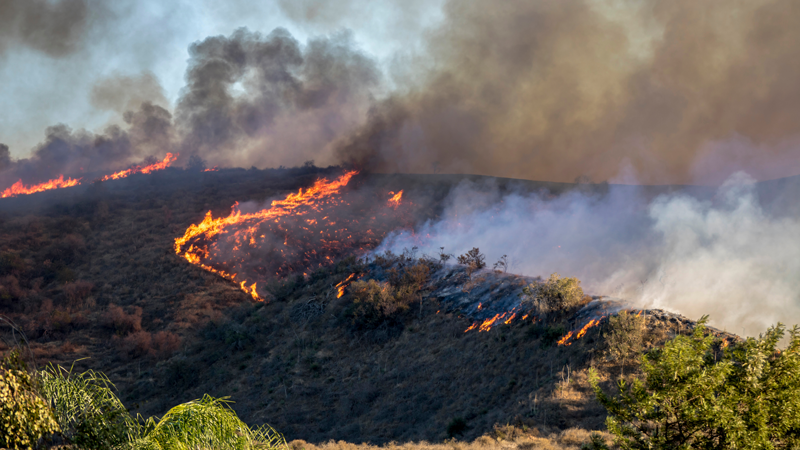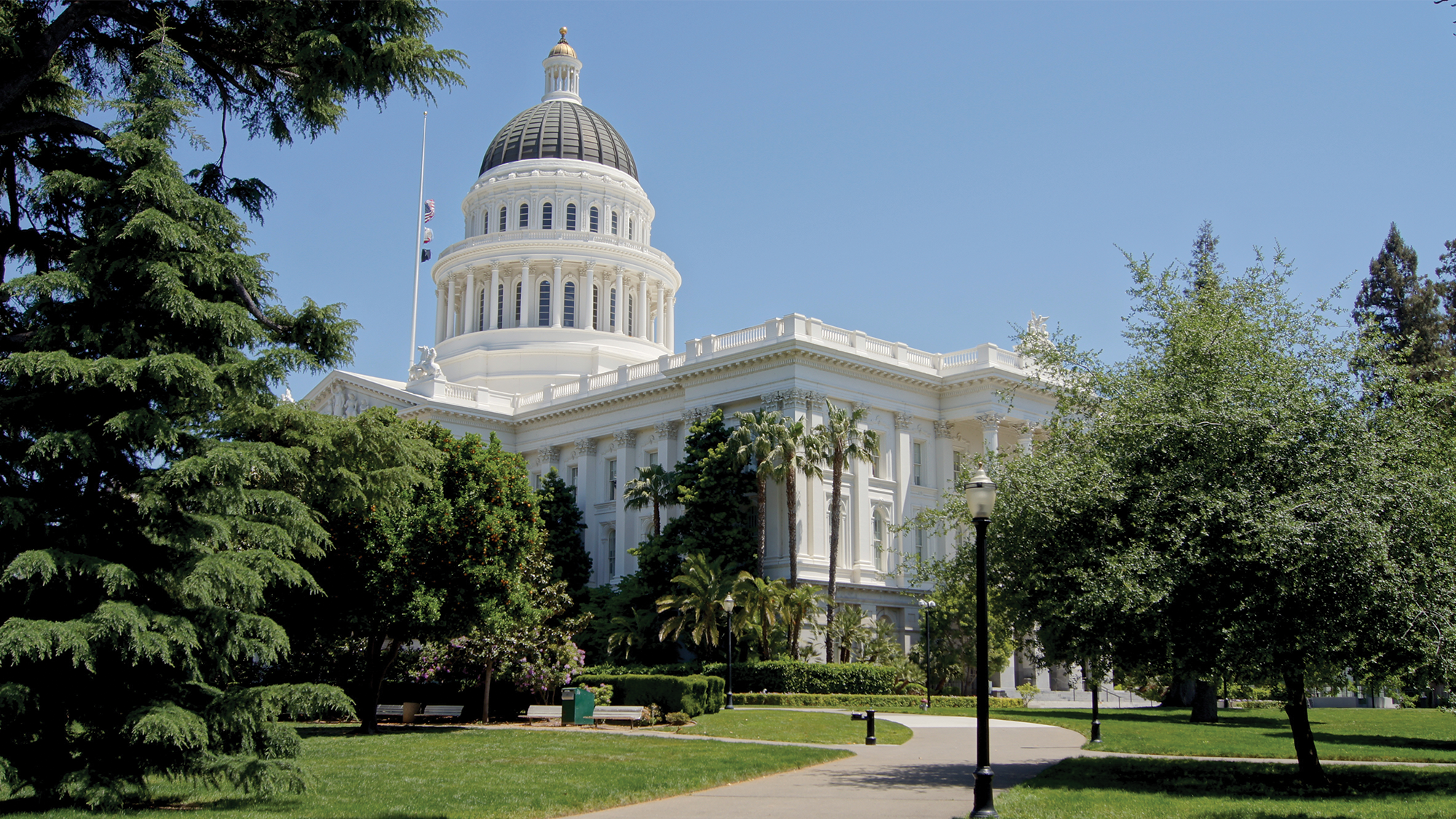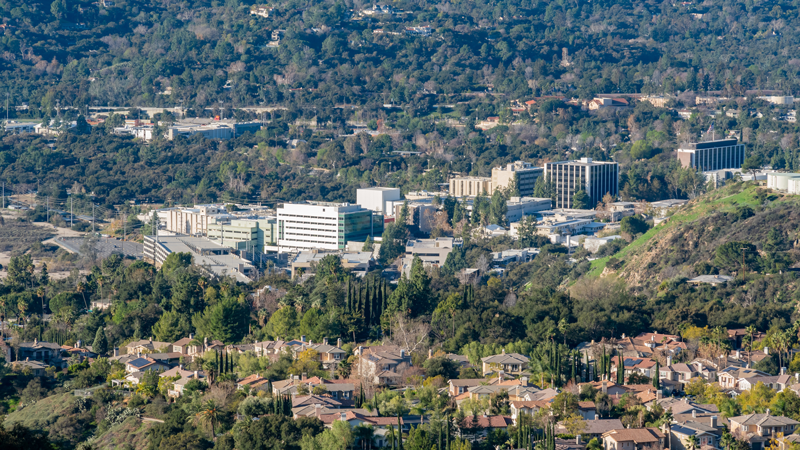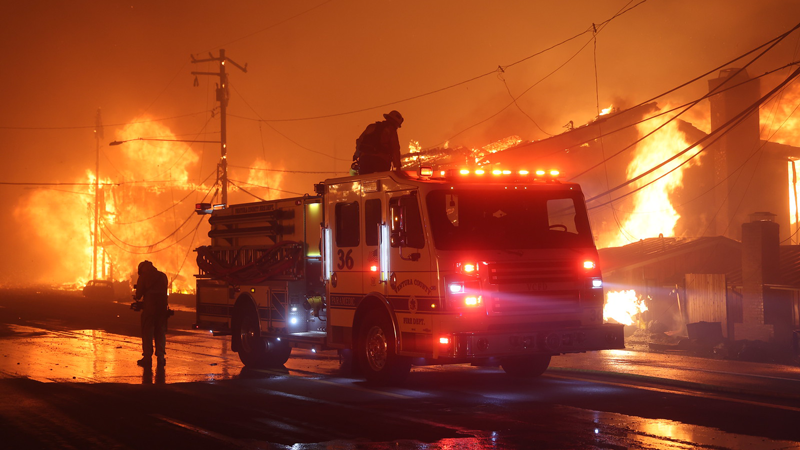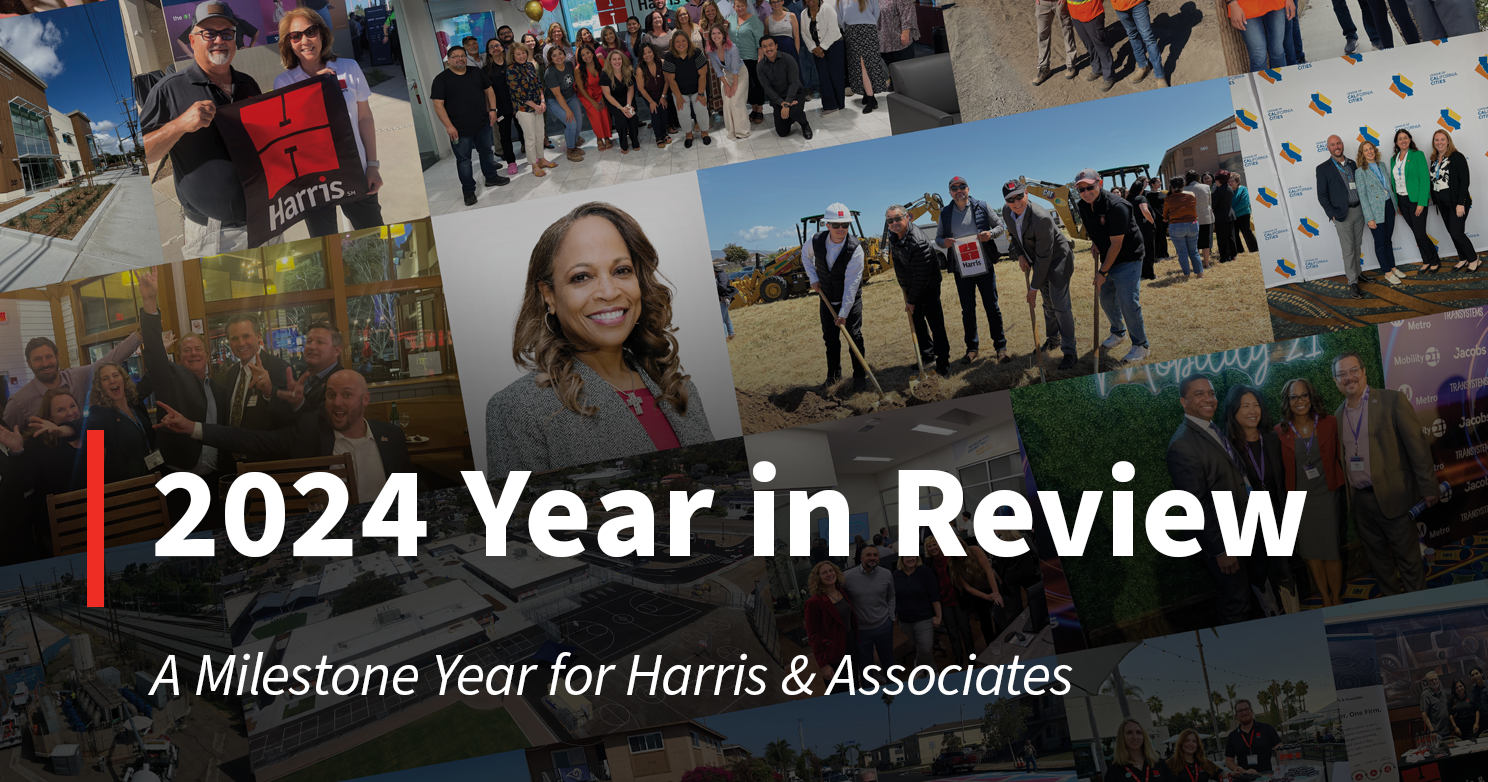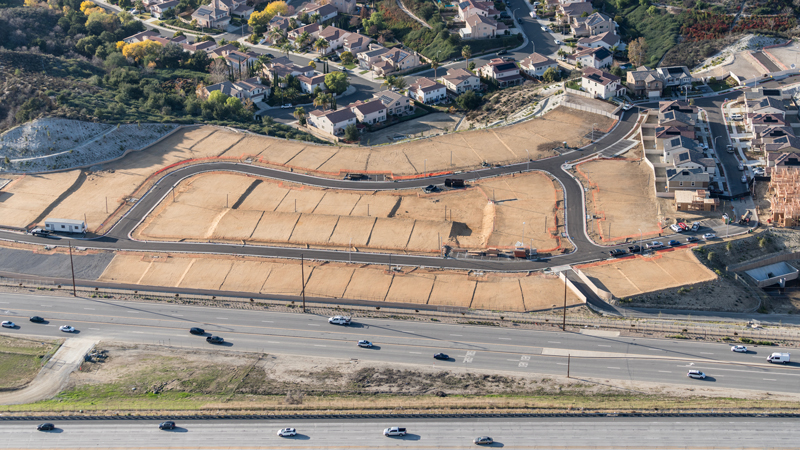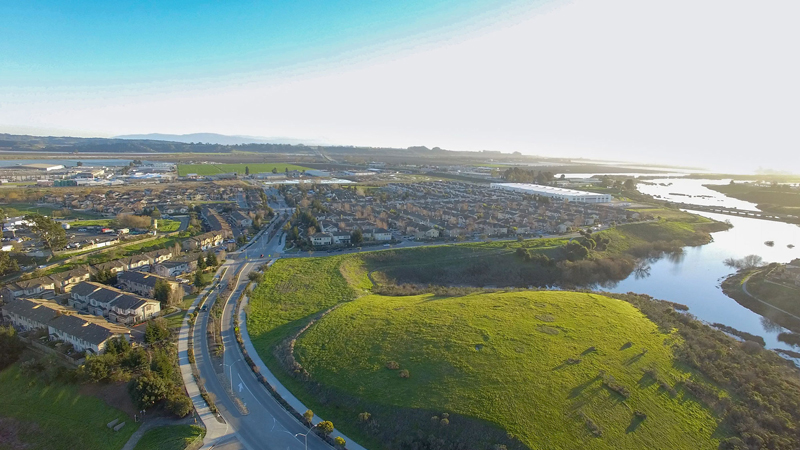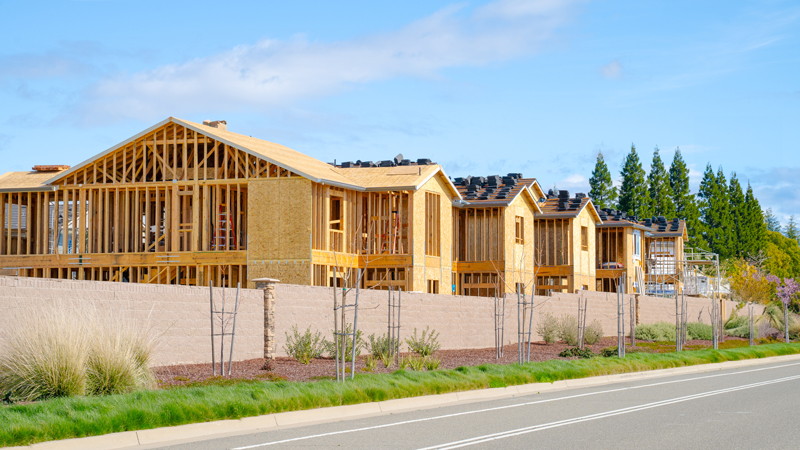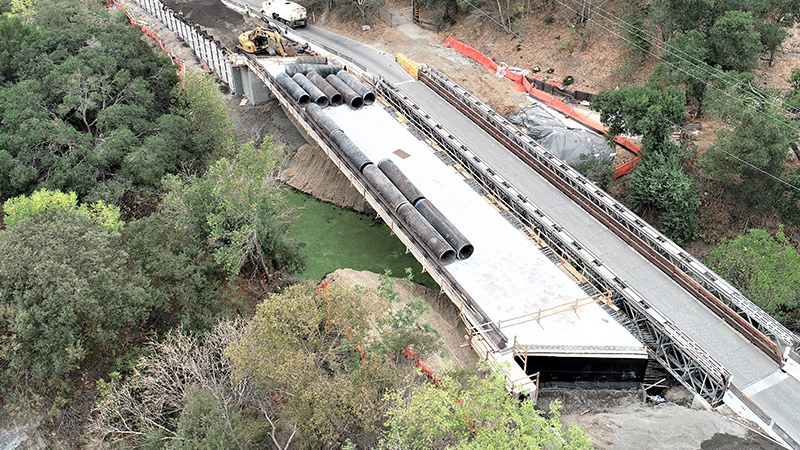Blogpost
3.9 minute read
June 26, 2023
The California Association of Environmental Professionals (AEP) hosted another successful and informative in-person conference in April. With more than 40 sessions and five different tracks, the 2023 AEP annual conference offered excellent insights into current issues in environmental planning. Our own William "Bill" Halligan and Darin Neufeld both attended and participated in panel discussions.
In case you missed it (or just want a refresher), we’ve put together a recap. Some of the topics we’re highlighting include climate adaptation and resilience, equity and environmental justice, and efforts to reduce greenhouse gas (GHG) emissions in transportation.
Climate Adaptation and Resilience
During the Resilient Recreation in a Changing Climate session, the conversation centered on Sierra Nevada and how much the community depends on tourism to bolster the economy.
With climate change altering the temperature and precipitation patterns, the main economic drivers in this region are at risk. These include:
- Tourism
- Agriculture
- Natural resources
The snowpack here stores the water supply throughout the winter and provides a continuous supply of fresh water as it melts. With rising temperatures, we’re likely to see flooding. At the same time, the natural water supply in the area will decrease.
The ramification of the changes in this area can be catastrophic to the community, increasing the risks of wildfires and strangling economic growth. With weather patterns disrupted, seasonal tourism suffers. The local workforce relies on tourism and this population is often less financially equipped to adapt to the impact of the changing environment.
Getting Community Buy-In for Adaptation
Community engagement is an important part of implementing projects for climate adaptation. It’s essential to communicate the benefits to the community, such as mitigating the impact on tourism and building resilience.
The people in the community should be encouraged to offer feedback and be included in the conversation. For example, the Mariposa County Recreation and Resiliency Plan includes tribal coordination to make certain all the indigenous people in the region have a voice and ability to contribute to planning.
When Disaster Strikes
During a session on determining impacts within CEQA, Darin and other panelists talked about what happens during wildfire events, and how to respond. They shared case studies to answer hard questions about what to include in an evacuation plan and how to determine an appropriate timeline to evacuate.
The panelists shared best practices for how to respond to a wildfire, what to include in Fire Protection Plans (FPPs), what to include in an evacuation plan. The session explored guidance from the Governor’s Office of Planning and Research, State Attorney General, and case law and discussed how best to analyze wildfire and evacuation in CEQA documents.
Panelists also shared mitigation ideas, such as:
- Water storage
- Fuel modification zone management
- Structure hardening
- Roadway hardening
- Utility hardening
- Appointing a fire liaison to coordinate with fire agencies
- Shelter in place
Diversity, Equity, and Inclusion in the Environmental Profession
In this panel centered on AEP’s Diversity, Equity, and Inclusion Initiative, Harris’ own Bill Halligan talked about how supporting and facilitating DEI is a foundational requirement of our profession. The discussion reaffirmed the relevance and importance of our commitment to equality in the environmental profession and our duty to serve as agents to support awareness and change.
The panel also included a summation of the 2022 survey results on the subject and an overview of the progress made in the past year, as well as strategic planning efforts for 2023.
Reducing GHG in Transportation
Several sessions discussed various aspects of transportation and transportation-related projects. Vehicle emissions account for approximately 41% of California’s GHG emissions, and there are several ways community planners can help communities decrease emissions and reach their net zero goals.
The Reduce Emissions or Advance Equity panel focused on the Sacramento Area Council of Governments (SACOG) 2024 Blueprint Strategy. This strategy prioritizes racial equity in land use and transportation planning with a three-pronged framework that includes equity, economy, and government.
Other sessions included Case Studies showcasing ways that agencies were able to reach benchmarks in their net zero goals and procedures to streamline CEQA review using the new statutory exemption in SB 288.
Speak with the experts! Contact William Halligan or Darin Neufeld to discuss your questions and challenges around environmental planning.
Authors
William Halligan, Esq.
Darin Neufeld, AICP
Source
Harris & Associates
Markets
Municipal
Planning + Development
Services
Climate Change + Sustainability
Environmental Planning + Compliance
Categories
AEP
Climate Change
Environmental Justice
Climate Adaptation
DEI
Diversity Equity and Inclusion
Greenhouse Gas
GHG
CEQA


